In the realm of energy solutions, propane and liquefied natural gas (LNG) stand out as two prominent choices for various applications. As a leading manufacturer of semi-trailers, CarMax Trailer recognizes the importance of understanding these energy sources to provide optimal solutions for transportation and logistics industries. This article delves deep into the distinctions between propane and LNG, examining their properties, applications, storage requirements, safety measures, and economic considerations to aid businesses in making informed decisions.
Table of Contents
- Introduction to Propane and LNG
- Chemical Composition and Properties
- Energy Content and Efficiency
- Storage and Transportation Requirements
- Safety Considerations
- Environmental Impact
- Cost Analysis and Economic Factors
- Applications in the Transportation Industry
- Infrastructure and Availability
- Future Trends and Innovations
- Conclusion
- Frequently Asked Questions
Introduction to Propane and LNG
Propane and LNG are both fossil fuels utilized across various sectors, including transportation, heating, and industrial processes. While they share some similarities, their distinct characteristics make them suitable for different applications. Understanding these differences is crucial for industries aiming to optimize their energy usage, reduce costs, and minimize environmental impact.
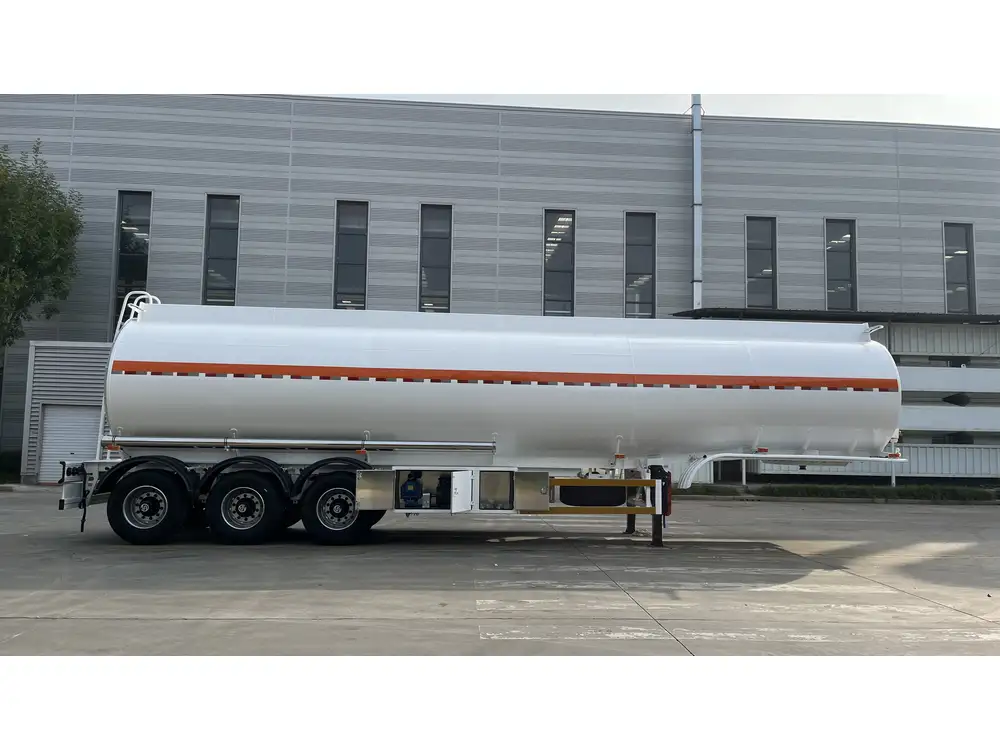
Chemical Composition and Properties
Propane (C₃H₈)
Propane, a three-carbon alkane, is a byproduct of natural gas processing and petroleum refining. It exists as a gas at atmospheric temperature and pressure but can be liquefied under moderate pressure, making it easy to store and transport.
Key Properties:
- Boiling point: -42°C (-44°F)
- Density: Approximately 493 kg/m³ (liquid)
- Energy density: 25.3 MJ/L
- Calorific value: 50.35 MJ/kg
Liquefied Natural Gas (LNG) (CH₄)
LNG primarily consists of methane (CH₄), the simplest hydrocarbon, which is cooled to approximately -162°C (-260°F) to transform it into a liquid state. This liquefaction significantly reduces its volume, facilitating efficient transportation over long distances.
Key Properties:
- Boiling point: -162°C (-260°F)
- Density: Approximately 450 kg/m³ (liquid)
- Energy density: 21.2 MJ/L
- Calorific value: 55.5 MJ/kg
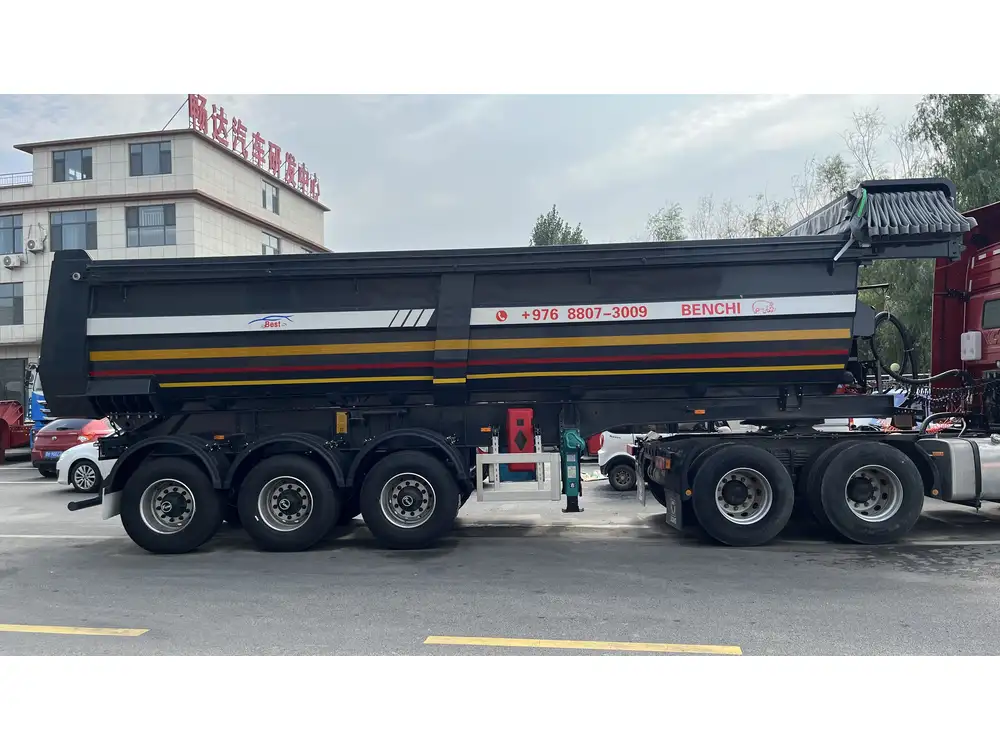
Comparative Table
| Property | Propane (C₃H₈) | LNG (CH₄) |
|---|---|---|
| Boiling Point | -42°C (-44°F) | -162°C (-260°F) |
| Density (Liquid) | 493 kg/m³ | 450 kg/m³ |
| Energy Density | 25.3 MJ/L | 21.2 MJ/L |
| Calorific Value | 50.35 MJ/kg | 55.5 MJ/kg |
| State at Room Temp. | Gas | Liquid |
| Primary Component | Propane (C₃H₈) | Methane (CH₄) |
Energy Content and Efficiency
The energy content of a fuel determines how much energy can be derived from a given volume or mass. While propane has a higher energy density per liter compared to LNG, LNG possesses a slightly higher calorific value per kilogram. This distinction impacts their efficiency in different applications.
Propane
Propane’s higher energy density makes it advantageous for applications requiring compact storage solutions. For instance, in the transportation sector, propane-fueled vehicles can benefit from longer ranges without the need for frequent refueling, thanks to the substantial energy stored per unit volume.
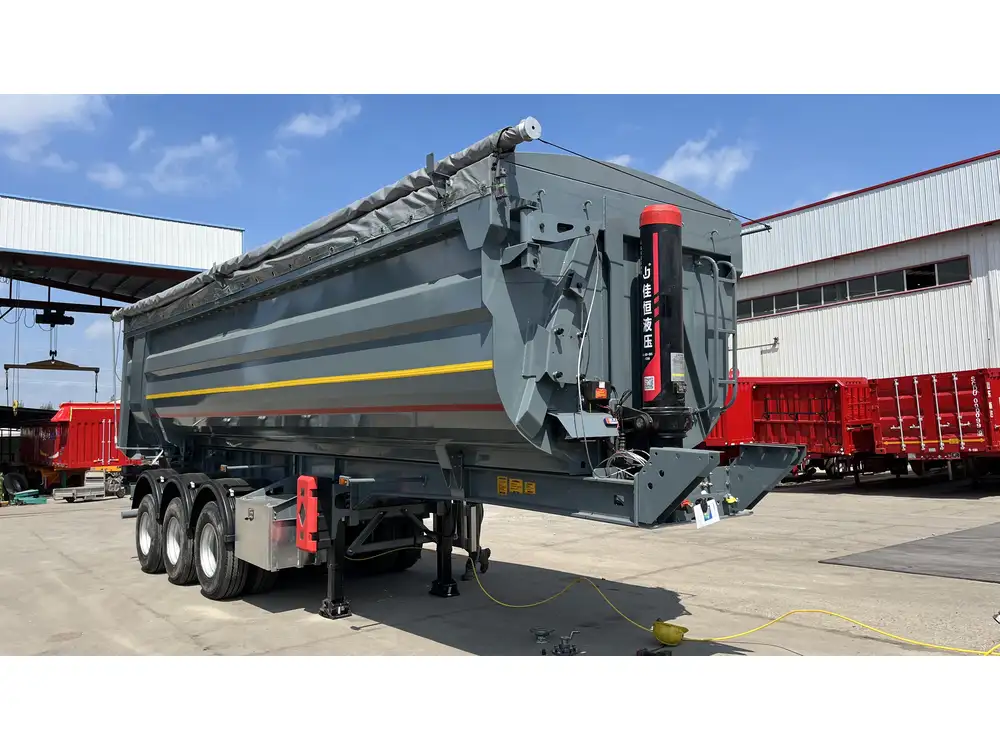
LNG
LNG’s higher calorific value per kilogram translates to greater energy output per mass. This property is particularly beneficial for heavy-duty transportation and industrial applications where the weight of the fuel might influence performance and efficiency.
Storage and Transportation Requirements
Effective storage and transportation are pivotal in determining the suitability of propane or LNG for specific uses.
Propane Storage and Transportation
- Storage Tanks: Propane requires pressurized storage tanks, typically operating between 100 to 250 psi, to maintain its liquid state. These tanks are robust and designed to withstand high pressures, ensuring safe containment during transport.
- Transportation Methods: Propane is commonly transported in bulk via tank trucks, railcars, or ships equipped with appropriate containment systems. Its liquefied state at relatively moderate pressures allows for flexibility in transportation modes.

LNG Storage and Transportation
- Cryogenic Tanks: LNG necessitates cryogenic storage tanks capable of maintaining temperatures around -162°C to prevent vaporization. These tanks are highly insulated to minimize heat transfer and are more technologically complex compared to propane storage solutions.
- Transportation Methods: Due to its cryogenic nature, LNG is primarily transported in specialized cryogenic tankers. Additionally, small-scale LNG can be distributed via cryogenic trucks, but the infrastructure requirements are more stringent than those for propane.
Comparative Analysis
| Aspect | Propane | LNG |
|---|---|---|
| Storage Temperature | Ambient to slightly pressurized | Cryogenic (-162°C) |
| Storage Pressure | 100-250 psi | Atmospheric (cryogenic tanks) |
| Transportation Modes | Tank trucks, railcars, ships | Cryogenic tankers, specialized trucks |
| Infrastructure Needs | Moderate pressure containment systems | Advanced cryogenic storage and transport |
Safety Considerations
Ensuring safety in the handling and usage of propane and LNG is paramount, given their flammable nature.

Propane Safety
- Flammability: Propane is highly flammable, with a wide flammability range in air (2.1% to 9.5%). Proper ventilation and leak detection systems are essential to prevent accidental ignition.
- Handling Precautions: Due to its relatively higher storage pressure, robust tank designs and regular maintenance are critical to prevent leaks and ruptures.
- Safety Measures: Implementing gas detectors, emergency shut-off valves, and adhering to safety standards minimizes risks associated with propane usage.
LNG Safety
- Flammability: LNG is non-flammable in its liquid state but becomes flammable upon vaporization when mixed with air in appropriate proportions.
- Handling Precautions: The extremely low temperatures of LNG pose risks of frostbite and material embrittlement. Specialized equipment and protective gear are necessary during handling.
- Safety Measures: Effective ventilation systems, cryogenic safety protocols, and stringent training for personnel are vital to ensure safe LNG operations.
Comparative Safety Table
| Safety Aspect | Propane | LNG |
|---|---|---|
| Flammability | Highly flammable gas | Becomes flammable gas upon vaporization |
| Storage Risks | High pressure-related risks | Cryogenic temperature-related risks |
| Protective Measures | Gas detectors, pressure relief valves | Cryogenic safety protocols, ventilation |
| Incident Response | Rapid detection and evacuation | Emergency cooling and containment |

Environmental Impact
The environmental footprint of propane and LNG varies based on their extraction, processing, and combustion.
Propane Environmental Impact
- Emissions: Propane combustion emits lower levels of carbon dioxide (CO₂), nitrogen oxides (NOₓ), and particulate matter compared to gasoline and diesel. It is considered a cleaner-burning fuel.
- Extraction and Production: Propane is often a byproduct of natural gas processing and petroleum refining, resulting in less direct extraction impact. However, its production still contributes to greenhouse gas emissions.
LNG Environmental Impact
- Emissions: LNG combustion produces fewer pollutants than traditional fossil fuels, emitting lower CO₂, NOₓ, and sulfur oxides (SOₓ). It is recognized for its cleaner combustion properties.
- Methane Leakage: The production and transportation of LNG can result in methane leaks, a potent greenhouse gas with a higher global warming potential than CO₂, potentially offsetting its environmental benefits.
- Lifecycle Analysis: Comprehensive lifecycle assessments are essential to evaluate LNG’s overall environmental impact, considering extraction, liquefaction, transportation, and combustion stages.
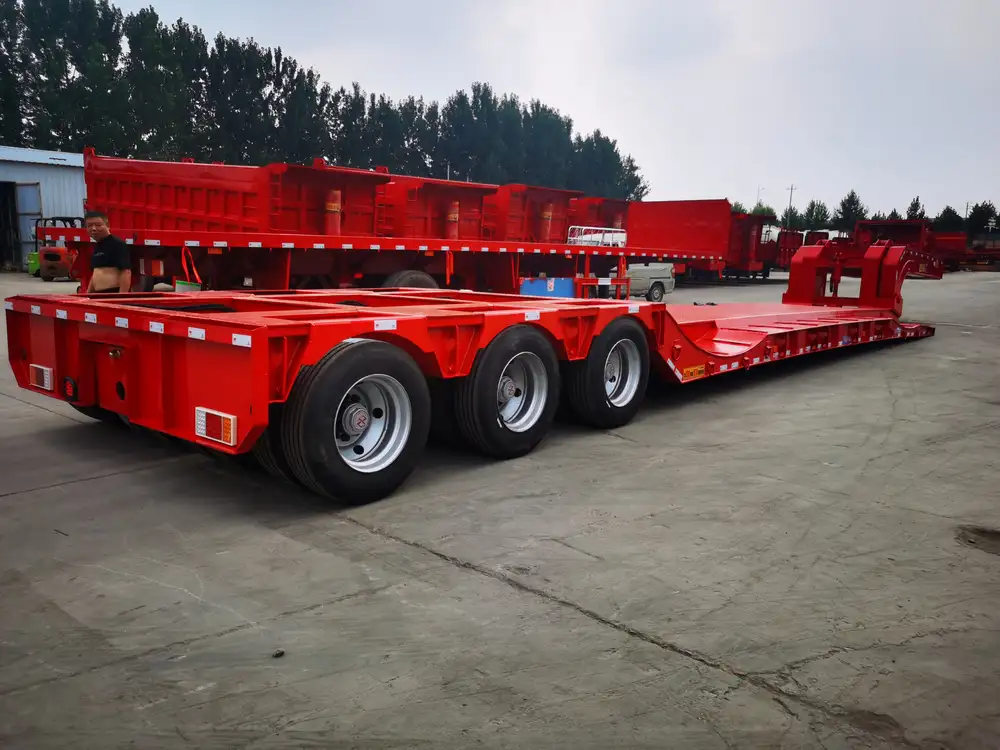
Comparative Environmental Analysis
| Environmental Aspect | Propane | LNG |
|---|---|---|
| CO₂ Emissions | Lower than gasoline and diesel | Lower than traditional fossil fuels |
| Methane Leakage | Minimal compared to LNG | Significant potential impact |
| Pollutant Emissions | Reduced NOₓ and particulate matter | Reduced NOₓ and SOₓ |
| Lifecycle Impact | Lower extraction and production impact | Higher potential leakage issues |
Cost Analysis and Economic Factors
The economic viability of propane and LNG depends on various factors, including fuel prices, infrastructure investments, and operational costs.
Propane Cost Factors
- Fuel Prices: Propane prices are influenced by crude oil prices and are generally subject to less volatility compared to LNG.
- Infrastructure Investment: Initial costs for propane storage and transportation infrastructure are moderate, making it accessible for businesses with limited capital.
- Operational Costs: Propane systems typically have lower operational costs due to simpler storage requirements and widespread availability.
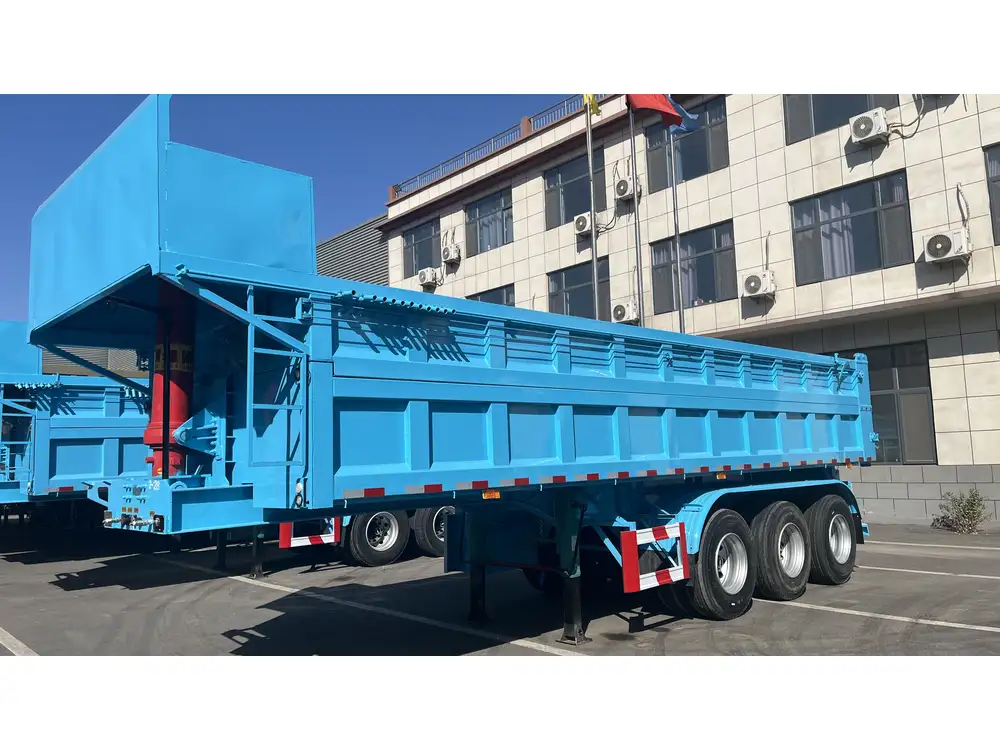
LNG Cost Factors
- Fuel Prices: LNG prices are closely tied to natural gas markets and can exhibit higher volatility based on geopolitical and supply-demand dynamics.
- Infrastructure Investment: Significant investment is required for cryogenic storage facilities and specialized transportation equipment, posing higher upfront costs.
- Operational Costs: Operating LNG systems can be costlier due to the need for advanced handling equipment and stringent safety measures.
Comparative Cost Analysis
| Economic Aspect | Propane | LNG |
|---|---|---|
| Fuel Price Stability | Relatively stable | More volatile |
| Initial Infrastructure | Moderate investment required | High investment for cryogenic systems |
| Operational Costs | Lower due to simpler systems | Higher due to specialized handling |
| Long-term Viability | Cost-effective for medium-scale use | Economies of scale beneficial |
Applications in the Transportation Industry
Both propane and LNG are increasingly utilized in the transportation sector, each offering unique advantages.
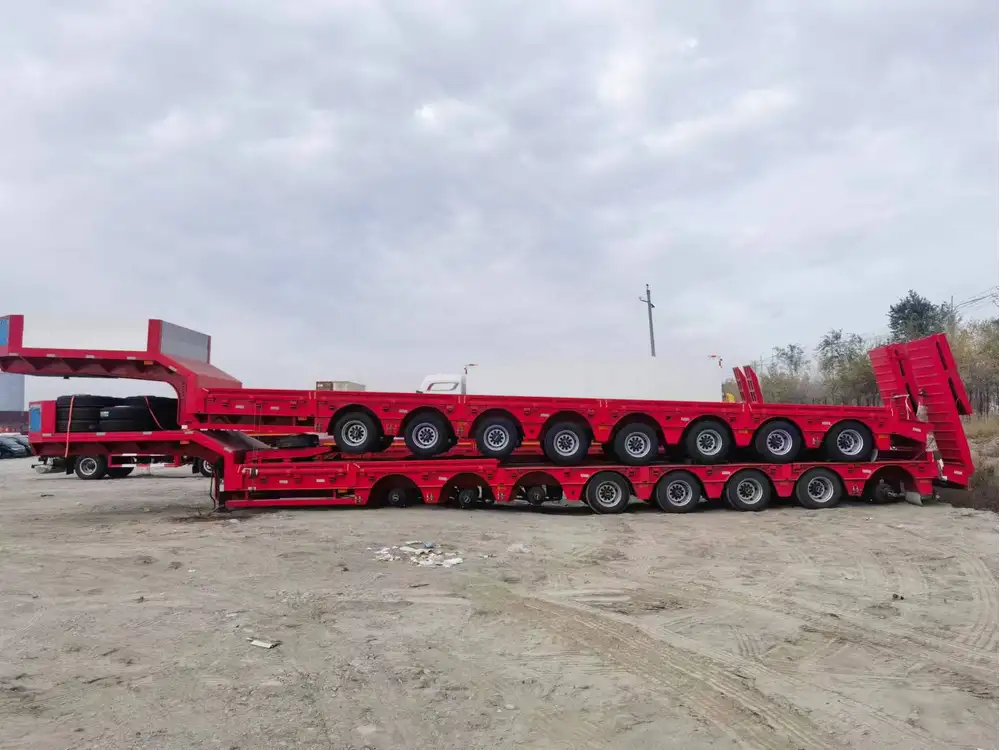
Propane in Transportation
- Light and Medium-Duty Vehicles: Propane is commonly used in buses, pickup trucks, and delivery vans due to its ease of storage and handling.
- Advantages: Extended range capabilities, lower emissions, and readily available fueling infrastructure make propane a suitable choice for urban and regional transportation.
- Challenges: Limited availability in some regions and lower energy density compared to LNG can restrict its use in long-haul applications.
LNG in Transportation
- Heavy-Duty Trucks and Buses: LNG is favored for long-haul trucks, marine vessels, and large buses owing to its high energy content per mass and cleaner combustion.
- Advantages: Greater fuel efficiency, reduced greenhouse gas emissions, and suitability for heavy-duty applications enhance LNG’s attractiveness in the transportation sector.
- Challenges: Higher infrastructure and storage costs, along with methane leakage concerns, can impede widespread adoption.
Comparative Application Table
| Transportation Application | Propane | LNG |
|---|---|---|
| Light-Duty Vehicles | Buses, pickup trucks, delivery vans | Not typically used |
| Heavy-Duty Trucks | Limited use | Preferred for long-haul and heavy-duty |
| Public Transportation | Urban and regional buses | Long-distance and intercity buses |
| Marine Vessels | Small boats and yachts | Large ships and commercial vessels |
| Advantages | Lower infrastructure costs, easy handling | High energy density, efficient for heavy loads |
| Challenges | Limited range for heavy applications | High initial costs, specialized storage |
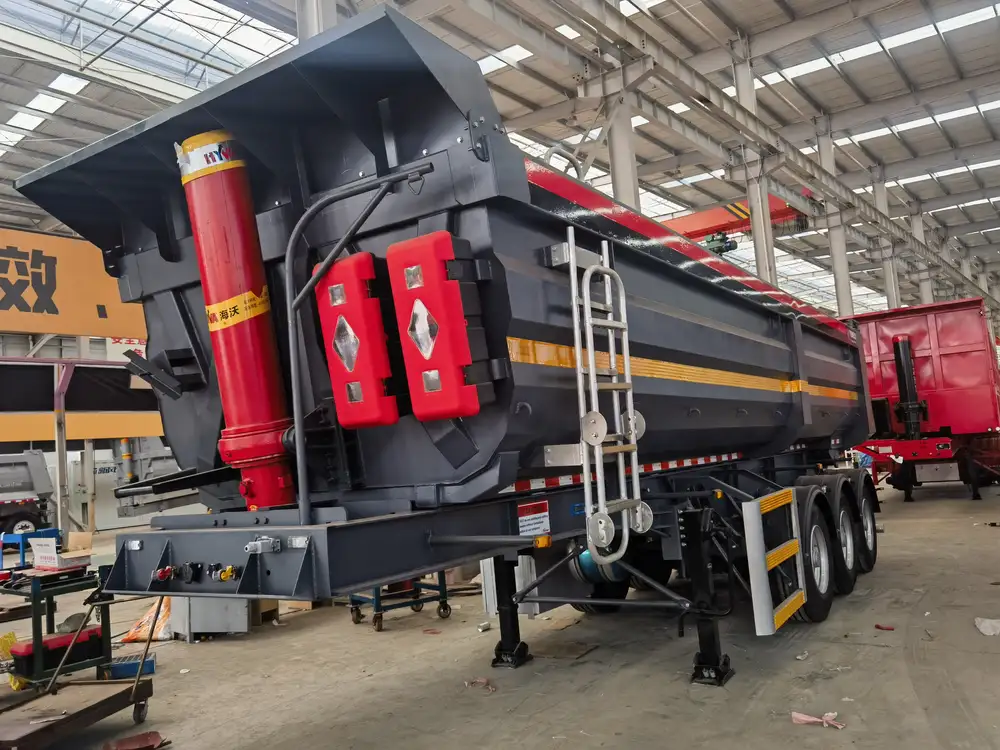
Infrastructure and Availability
The availability and infrastructure supporting propane and LNG significantly influence their adoption rates and practicality.
Propane Infrastructure
- Fueling Stations: Propane fueling stations are relatively widespread, especially in regions with a high demand for alternative fuels.
- Distribution Networks: Established pipelines and distribution networks facilitate efficient delivery to various points of use.
- Availability: Propane is readily available in many markets, supported by extensive storage and transport systems.
LNG Infrastructure
- Fueling Stations: LNG fueling infrastructure is less prevalent, primarily concentrated in areas with significant LNG usage like port cities and major transportation hubs.
- Distribution Networks: The distributed network for LNG is developing, with investments focused on expanding cryogenic storage and specialized transport facilities.
- Availability: While increasing, LNG availability is still limited compared to propane, especially in remote or less industrialized regions.
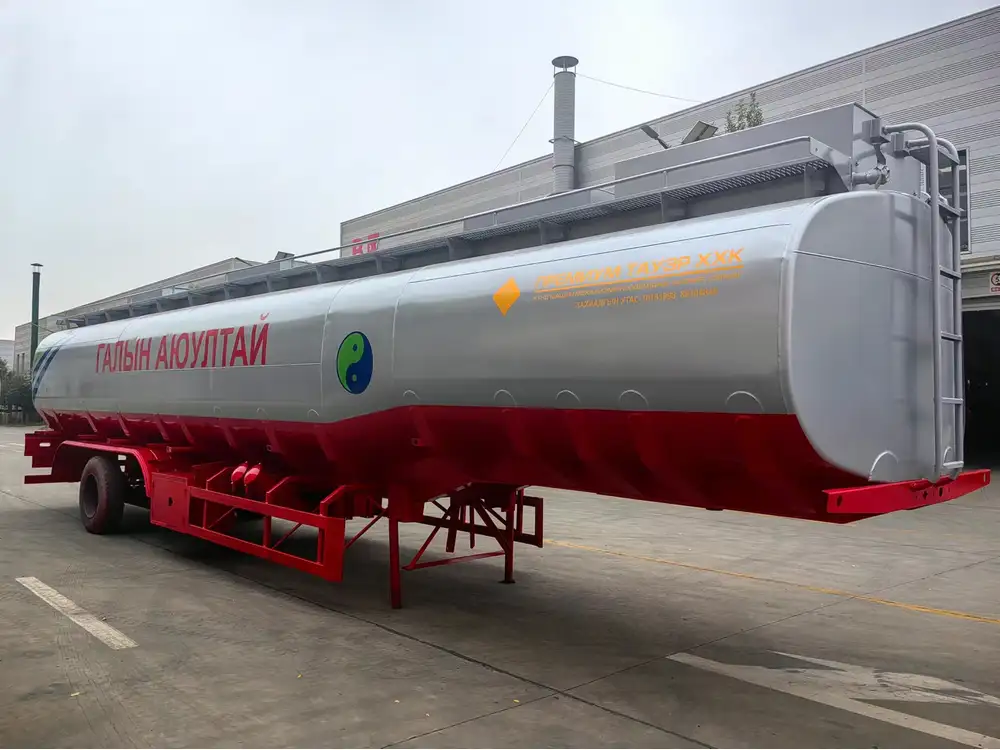
Comparative Infrastructure Table
| Infrastructure Aspect | Propane | LNG |
|---|---|---|
| Fueling Stations | More widespread, accessible | Limited to specific regions |
| Distribution Networks | Extensive pipeline and transport | Developing cryogenic networks |
| Availability | High in many markets | Growing but still limited |
| Investment Requirements | Moderate for expansion | High for cryogenic infrastructure |
Future Trends and Innovations
The energy landscape is continually evolving, with advancements shaping the future use of propane and LNG.
Propane Innovations
- Engine Technology: Development of more efficient propane-fueled engines enhances performance and reduces emissions.
- Hybrid Systems: Integration of propane with hybrid propulsion systems offers improved fuel efficiency and lower environmental impact.
- Renewable Propane: Research into bio-propane seeks to create more sustainable and carbon-neutral fuel options.

LNG Innovations
- Advanced Storage Solutions: Innovations in cryogenic storage materials and insulation technologies aim to reduce costs and improve efficiency.
- Methane Leakage Prevention: Technological advancements focus on minimizing methane leaks through improved pipeline materials and monitoring systems.
- Expansion of LNG Applications: Exploring LNG use in diverse sectors, including aviation and shipping, broadens its applicability and market reach.
Comparative Future Trends
| Innovation Aspect | Propane | LNG |
|---|---|---|
| Engine and Propulsion | More efficient engines, hybrid systems | Advanced engines, broader applications |
| Storage Technologies | Improved pressurized storage solutions | Enhanced cryogenic storage and insulation |
| Sustainability | Renewable bio-propane developments | Methane leakage reduction technologies |
| Market Expansion | Increased adoption in urban transport | Expansion into shipping and aviation |
Conclusion
Both propane and LNG offer distinct advantages and challenges, making them suitable for different applications within the transportation and energy sectors. Propane’s higher energy density and widespread infrastructure make it ideal for light to medium-duty vehicles and regional transport. In contrast, LNG’s superior calorific value and efficiency cater to heavy-duty, long-haul, and industrial applications. CarMax Trailer remains committed to providing tailored solutions that leverage the strengths of both propane and LNG, ensuring optimal performance, cost-effectiveness, and environmental sustainability for our clients.

Frequently Asked Questions
1. Which fuel is more cost-effective for long-haul transportation, propane or LNG?
LNG is generally more cost-effective for long-haul transportation due to its higher energy density and efficiency in heavy-duty applications. However, initial infrastructure investments are higher compared to propane.
2. How do propane and LNG compare in terms of environmental impact?
Both fuels emit fewer pollutants than traditional fossil fuels. Propane has lower CO₂ emissions, while LNG has higher potential for methane leakage. The overall environmental impact depends on factors like leakage rates and lifecycle emissions.

3. What are the primary safety measures needed for handling LNG?
Handling LNG requires cryogenic safety protocols, including proper ventilation, specialized protective gear, and advanced leak detection systems to mitigate risks associated with extremely low temperatures and potential gas release.
4. Can propane and LNG be used interchangeably in transportation fleets?
Propane and LNG have different storage and infrastructure requirements, making them generally unsuitable for direct interchangeability. Transitioning between the two would require significant modifications to storage systems and fueling infrastructure.
5. What advancements are expected to enhance the adoption of LNG in the transportation sector?
Advancements in cryogenic storage technologies, methane leakage prevention, and the expansion of LNG fueling infrastructure are expected to enhance its adoption in the transportation sector, particularly for heavy-duty and long-haul applications.



